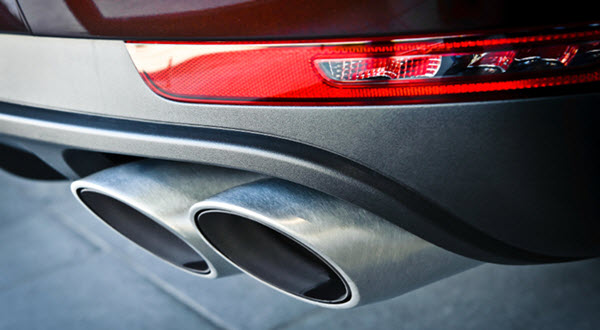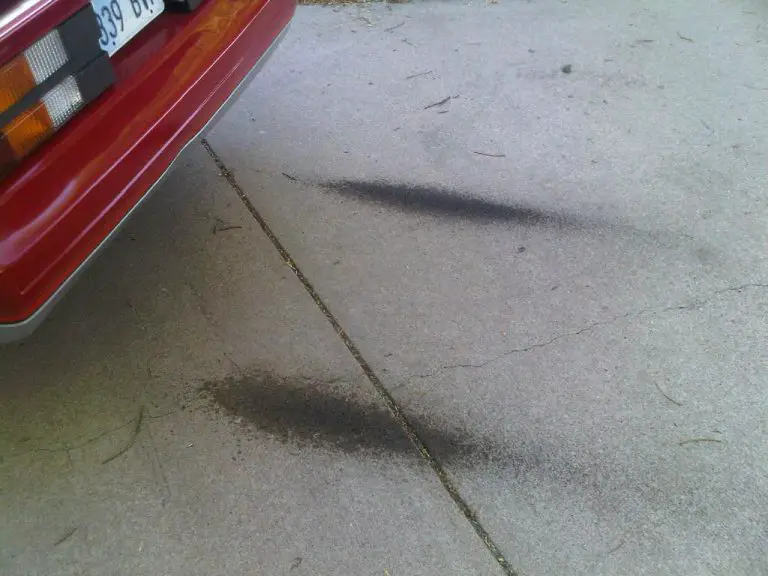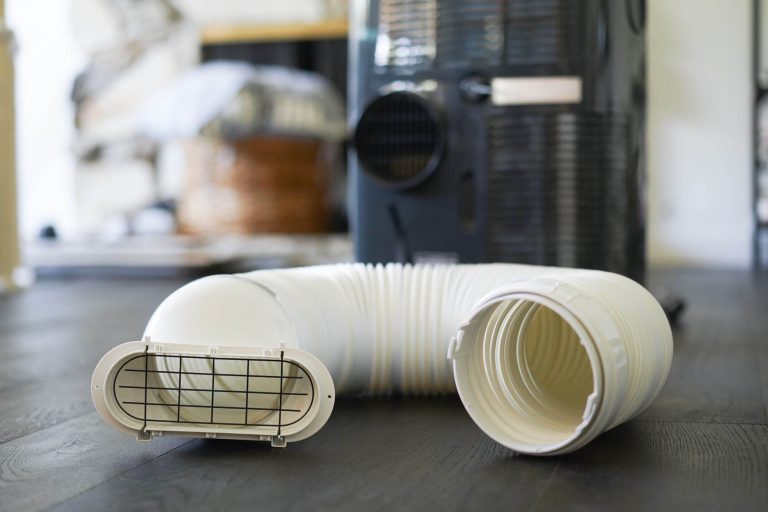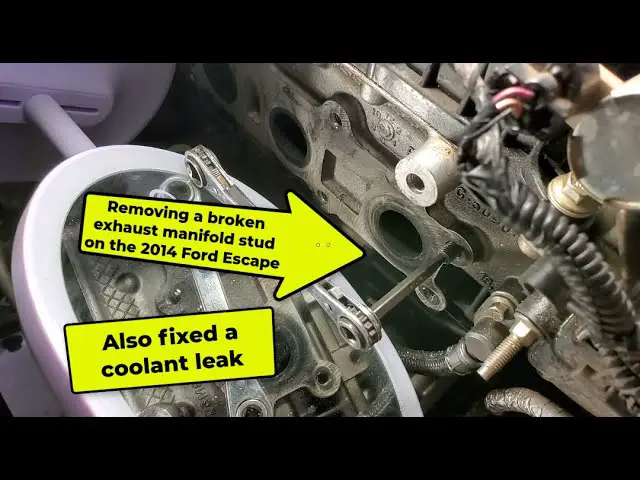Handling Exhaust System Rust: Prevention And Restoration Techniques
Exhaust system rust can be handled through prevention techniques and restoration methods. This article provides effective strategies to prevent rust buildup and restore the exhaust system’s functionality.

Credit: germanformula.com
Understanding Exhaust System Rust
Dealing with exhaust system rust is a crucial aspect to ensure the longevity of your vehicle. Exhaust system rust is a common problem due to factors like moisture, salt, and road debris. It can lead to potential damage such as leaks, reduced fuel efficiency, and even engine problems.
To prevent exhaust system rust, you should regularly inspect and clean the system, especially during winter months or in areas with high humidity. Additionally, applying a rust-resistant coating to the exhaust pipes can provide an extra layer of protection. If your exhaust system already has rust, you can opt for restoration techniques such as using rust converters or replacing the affected parts.
Remember, addressing exhaust system rust promptly will not only enhance the performance of your vehicle but also extend its lifespan.
Prevention Techniques For Exhaust System Rust
Preventing exhaust system rust requires regular cleaning and maintenance to remove dirt and debris. Using rust-resistant materials for the exhaust components can help ensure longevity. Applying protective coatings and paints can create a barrier between the metal and corrosive elements.
Installing heat shields can protect the exhaust system from excessive heat, reducing the chances of rust formation. It is also essential to avoid driving in harsh weather conditions, such as heavy rain or snow, as they can accelerate rusting. By following these prevention techniques, you can significantly minimize the risk of exhaust system rust, extending the lifespan of your vehicle’s exhaust system, and avoiding costly repairs.
Restoration Techniques For Exhaust System Rust
Restoration techniques for exhaust system rust include inspecting and assessing the extent of damage. Removing surface rust can be done with a wire brush and sandpaper. Rust dissolvers and convertors are applied to treat the affected areas. For heavily damaged parts, it is necessary to replace them.
Another useful technique is using high-heat paint to protect rusted areas. These steps help prevent further deterioration and extend the lifespan of the exhaust system. Regular maintenance and inspections are essential to catch rust early and address it promptly. By taking proper care of the exhaust system, you can ensure its optimal performance and avoid costly repairs or replacements in the future.
Frequently Asked Questions Of Handling Exhaust System Rust: Prevention And Restoration Techniques
How Can I Prevent Rust On My Exhaust System?
To prevent rust on your exhaust system, make sure to keep it clean and dry, especially during the winter months when salt and moisture can accelerate corrosion. Regularly inspect and repair any damage, such as scratches or dents, and consider applying a rust-resistant coating or paint to protect the metal surfaces.
What Are Some Signs Of Rust On An Exhaust System?
Signs of rust on an exhaust system include visible corrosion or flaking of the metal, a pungent smell coming from the exhaust, and a louder or more rattling noise than usual. If you notice any of these signs, it’s important to address the rust issue before it worsens and causes further damage to your exhaust system.
Can I Restore A Rusted Exhaust System?
Yes, it is possible to restore a rusted exhaust system. Start by thoroughly cleaning the rusted areas with a wire brush, sandpaper, or rust remover. Once clean, apply a rust converter or inhibitor to stop further corrosion. If the rust has caused holes or damage, you may need to patch or replace the affected parts for a complete restoration.
Conclusion
To wrap up, preventing and restoring exhaust system rust is essential for maintaining the performance and longevity of your vehicle. By regularly inspecting and maintaining the exhaust system, you can identify early signs of rust and take necessary actions to minimize further damage.
Applying protective coatings and avoiding harsh driving conditions can greatly reduce rust formation. Additionally, implementing restoration techniques like sanding, painting, and using rust converters can effectively restore the exhaust system to its original condition. Remember to always prioritize safety and consult a professional if you’re unsure about the extent of the rust damage or the restoration process.
With these preventive measures and restoration techniques, you can ensure that your exhaust system remains rust-free, allowing your vehicle to operate smoothly and efficiently for years to come.





